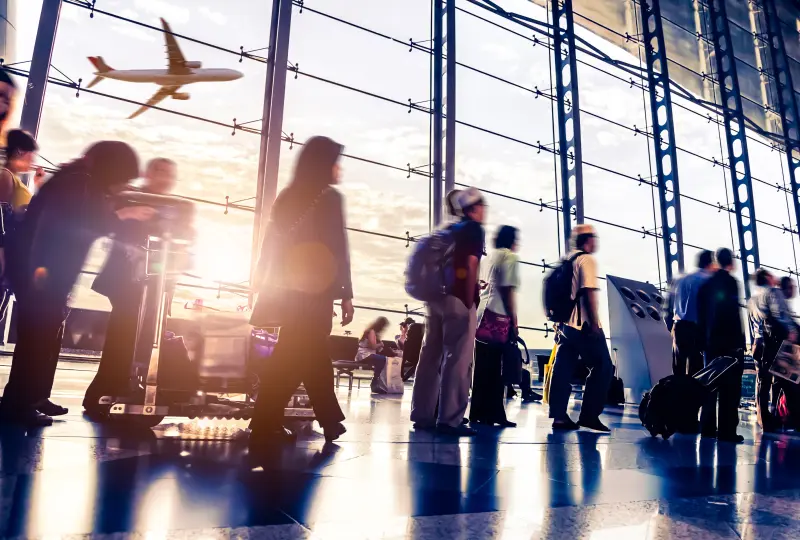Each week, CAPA – Centre for Aviation produces informative, thought provoking and detailed market analysis of the aviation industry. With supporting data included in every analysis, CAPA provides unrivalled and unparalleled intelligence.
Here’s some of the reports published over the past week.
New aircraft types will transform Australian airline fleets: part one – narrowbody arrivals

The evolution of Australia’s commercial fleet is accelerating in the post-COVID-19 era, as airlines look to rebuild with new aircraft types to take advantage of emerging opportunities.
Australian airlines were forced to revise their strategies dramatically due to the COVID-19 crisis – in some cases overhauling existing order agreements, and in others making new purchase deals.
Many of the fleet plans put in place during the pandemic are starting to become reality, with deliveries ramping up or set to begin soon. Airlines are replacing veteran models with aircraft that will broaden their network prospects, as well as modernising their fleets.
Part one of this analysis will focus on narrowbody activity: Boeing 737 MAX aircraft have entered service with two Australian airlines this year – Virgin Australia and Bonza; Rex is continuing to build its 737 fleet, Qantas is preparing to receive the first of its Airbus A220s; and Jetstar has been ramping up its fleet of longer-range A321neo variants.
TO READ ON, VISIT: New aircraft types will transform Australian airline fleets: part one – narrowbody arrivals
Airlines could return quickly to Ukraine once airspace is safe, led by Ryanair

In 1944 governments met in Chicago to thrash out the future for air transport as the Second World War was reaching its conclusion, and that direction was dictated by the Chicago Convention.
The meeting between Ukrainian government representatives, airport management and Ryanair executives that took place recently in Kyiv did not have quite the same level of global gravitas, but for Ukraine it was highly significant.
Ryanair emerged as the airline that would ‘kick-start’ Ukraine’s aviation sector once hostilities cease and the skies are again safe for commercial aviation.
That might prompt other airlines to develop plans of their own – including the native Ukrainian ones.
But there is a long way to go yet, and despite most of the airports having been preserved quite intact, finance will need to be found to provide the infrastructure for what (hopefully) will be a new era for the country when it comes.
TO READ ON, VISIT: Airlines could return quickly to Ukraine once airspace is safe, led by Ryanair
US LCCs and ULCCs face challenges as demand shifts to long haul markets

Pricing traction between the US and Western Europe appears to be robust as travellers are opting to flock to transatlantic markets in the summer high season instead of taking domestic trips.
That’s good news for the US global network airlines operating long haul flights in transatlantic markets, and those operators are offering even more robust projections for some of their financial metrics.
The shift in passenger preference is having the opposite effect for US discount airlines, as some of those operators are being forced to cut their financial targets.
JetBlue’s revisions are particularly acute, driven by the wind-down of its Northeast Alliance (NEA) with American Airlines.
It is an interesting shift in US market dynamics, but the country’s discount airlines seem to believe that it is a temporary change, and that normal demand patterns could return later into 2023 and early in 2024.
TO READ ON, VISIT: US LCCs and ULCCs face challenges as demand shifts to long haul markets
India leading the way in the provision of renewable and alternative energy at airports

In 2015 CAPA – Centre for Aviation published two reports on the uptake of solar power provision at airports across the world; they emphasised that one airport, in Cochin, India, was not only self-sufficient in power generation in this way but was actually exporting spare power into the national grid.
Eight years on, India continues to lead the way, and almost a third of its airports are powered by renewable energy.
Not satisfied with that, the government has decreed that all airports must adopt renewable energy sources by 2024 and new airports to be developed are mandated to use it.
Meanwhile, India has three of only four airports in Asia Pacific to have achieved ACI Level 4+ Carbon Accreditation.
This part of the world was initially slow to pick up on environmental trends in the west, but is now arguably the global leader.
TO READ ON, VISIT: India leading the way in the provision of renewable and alternative energy at airports
Sharjah Airport plans massive expansion project to expand beyond its modest regional role

Dubai, Abu Dhabi and Doha command most of the attention in the Middle East where air transport is concerned, but on the periphery are airports that are expanding and improving their facilities as traffic builds back up again.
CAPA – Centre for Aviation recently chronicled the expansion at Kuwait Airport, where there is private sector involvement. That is not the case at Sharjah in the United Arab Emirates (UAE), but there is the same level of ambition – in this case, to increase capacity from eight to 20 million passengers in a USD650 million scheme over three years.
Sharjah will probably never play a role approaching that of the three principal airports for the region, but the city carries more economic and cultural clout than is appreciated outside the Middle East, and the airport has the capability to expand beyond its modest regional role.
But first it has to prove that the current investment can help it attract flights from areas where it is now comparatively weak.
TO READ ON, VISIT: Sharjah Airport plans massive expansion project to expand beyond its modest regional role
- asia
- south pacific
- capa – centre for aviation
- europe/mea
- the americas
- industry intelligence
- market analysis









